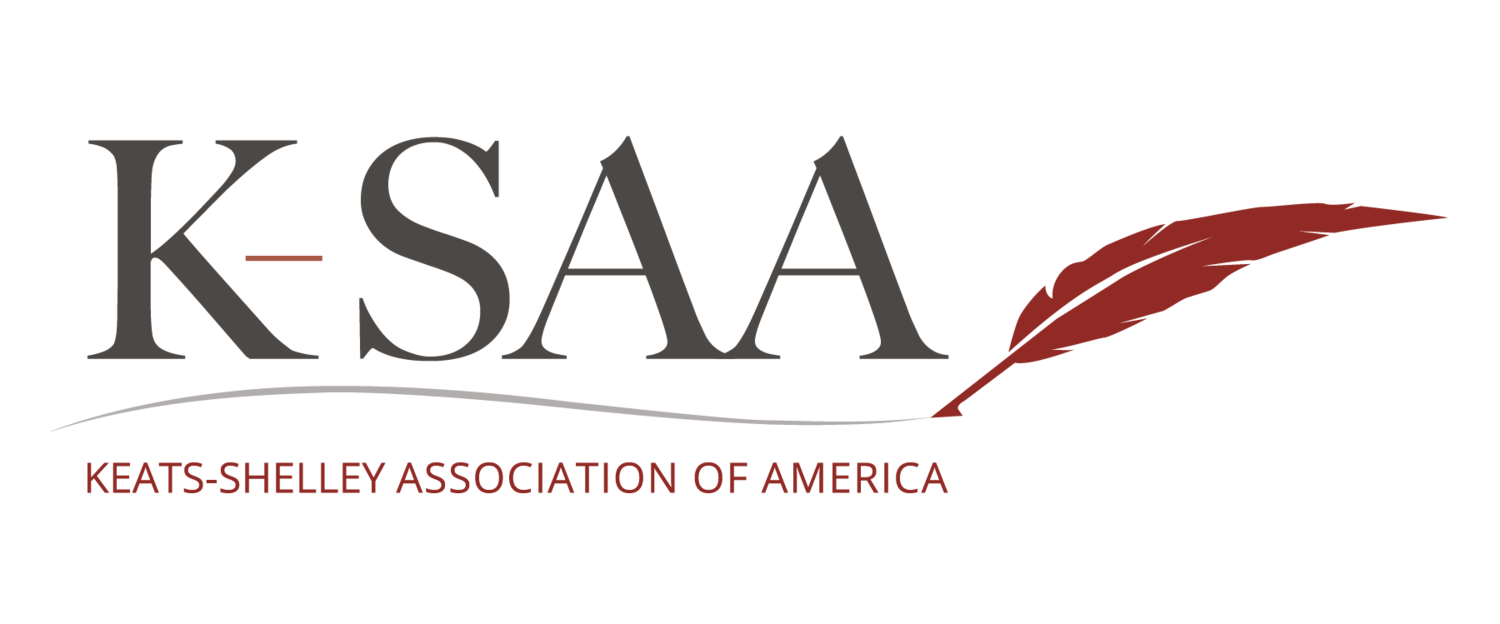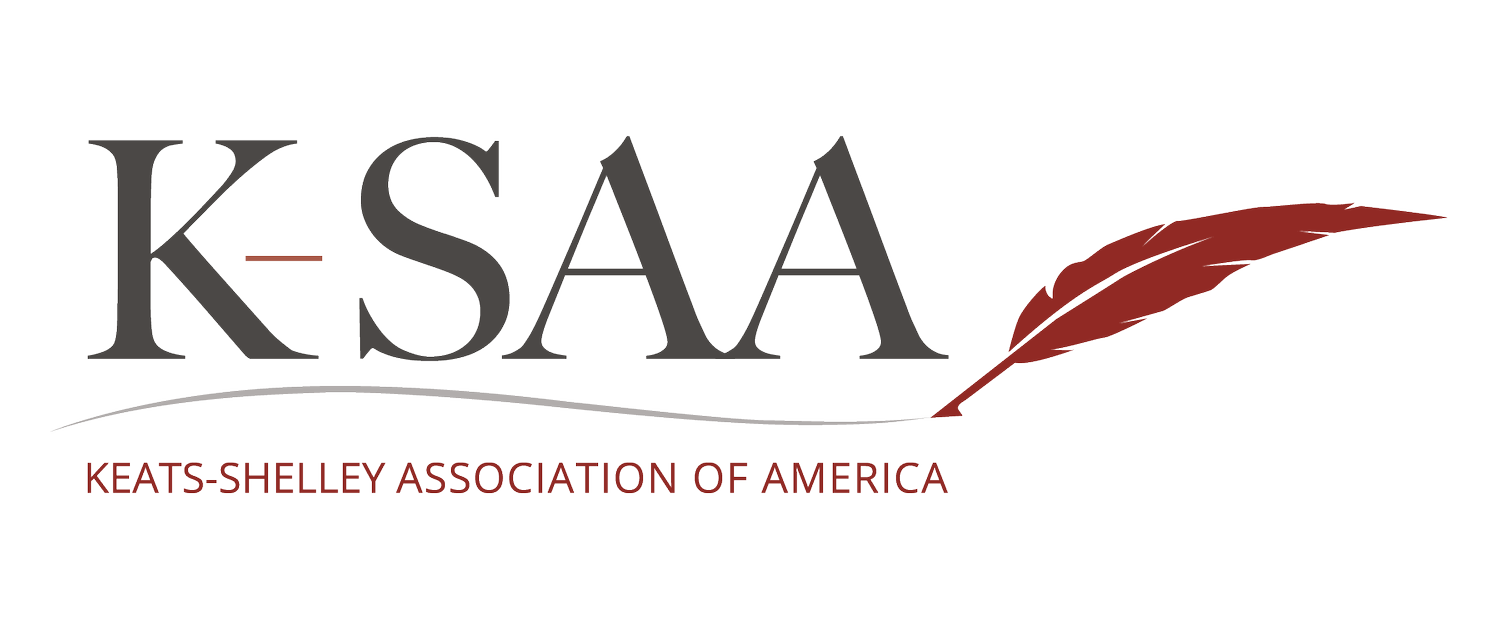Tools for Accessibility: Romanticism and Beyond
Part I
Audiobooks
by Nellie Downie
As a staunch supporter of independent reading time in the classroom, I received many expressions of frustration from my students about the requirement to read, reflect, and respond on a regular basis. Many of them also assumed that because of my position as their English teacher, and as someone who clearly loved to read in her free time, I would not understand their reading struggles. However, those are pains with which I am intimately acquainted; it is my immersion in the subject that has compelled me to find tools with which to ease the friction.
As an undergraduate, I studied English and English pedagogy. Before returning to academia, I taught English. As a high schooler, however, I was only just beginning to feel a draw to language and literature. My associations with reading—as a child with undiagnosed dyslexia and ADHD—were marred with frustrations around comprehension and speed. By high school, I had trained myself not to struggle with the syntax of contemporary writing, and eventually reading progressed from an intellectual endeavor to a hobby.
When Romantic texts started to call to me, I pretended not to hear. I resisted because all of my past attempts to read Shelley or the Brontё sisters ended in vexation and disheartenment. Although I was not struggling with reading nearly as much as in the past, the disparity in language brought me back to square one. As I approached upper-level courses that required older texts, I was especially dejected when I couldn't seem to parse what I was reading.
Then, suddenly and quite by accident, I discovered the audiobook. I came across the Reading While Listening (RWL) model, which entails listening to an audiobook concurrently with the text, and decided to test the approach with my next assigned reading: Emily Bronte's Wuthering Heights. It was as if a switch had flipped. When I heard the sentences read aloud, syntax that felt confusing before now made sense; I could comprehend tone, catch details that would have fallen through the cracks, and finish the readings in a timely manner. According to Ofer Bergman, this approach “allows children to shift their attention from the laborious effort of reading individual words to the far more interesting job of understanding the narrative.” In my case, this shift created the space for me to practice with Wuthering Heights, then Frankenstein, and eventually, I was able to read the language fluently without the need for the audiobook.
When my students expressed their own frustrations with reading to me as a teacher, I was disappointed—but not surprised—that accessibility tools had not been offered to them before. As a teenager beginning a life-long love affair with literature, audiobooks’ support seemed like a miracle, so embarrassment never occurred to me. I soon noticed the widespread shame wrapped up in using audiobooks—at the time, the only other people I knew who used audiobooks told me such in confidence, like it was a secret. I quickly learned that negative attitudes about audiobooks acted as the source of that shame. To many in academia, the use of audiobooks, and many other accessibility tools, is considered "cheating,” even if read in conjunction with the physical text. This mindset betrays an elitism which suggests only a certain type of person can engage with difficult texts, and if you need to use accommodations—or, as some say, "shortcuts"—to get there, then you have not really worked for it.
In an attempt to make up for the lack of education around audiobooks provided to my students, I sought to normalize their use in my classroom. When I introduced independent reading time to my freshman students, I emphasized that this time was for reading what they enjoyed. To scaffold for our first independent reading session, I assigned a timed notebook entry about books they’d liked in the past and the aspects they enjoyed or found difficulty with. In keeping with Penny Kittle’s Write Beside Them, I also responded to the prompt. This approach allows the teacher to model the writing process itself, as well as sharing out, conveying to the class that the teacher is not asking them to do or share anything they wouldn’t. Upon sharing my own response, I openly acknowledged my regular consumption of audiobooks, and after giving them the opportunity to share, I emphasized that audiobooks are more than welcome during independent reading time. This approach can be a bit controversial, as it requires electronic devices; however, I’ve found that with clear expectations of rules—i.e. mandating the screen of the device must be in full view at all times—a little trust goes a long way.
Audiobooks in the classroom are not confined to personal use or independent reading. They can also be a useful tool in instances where it is necessary to read a text in class. As a student teacher, I taught part of a Frankenstein unit to a group of seniors. My cooperating teacher explained that our reading would have to be completed in class, and using the RWL model would not only help with reading comprehension, but also to maintain a consistent pace. If the students read individually, we would have to account for differing reading speeds and focus levels. When we reached a certain part of the text, I could pause the audiobook to ask a question and know that everyone is on the same page. This outcome has the added benefit of a more efficient method of informal assessment on the part of the teacher, as asking questions to check for understanding at key points of a text and getting an immediate response relieves the burden of having to grade the physical products of informal assessment that would follow quiet individual reading.
The next part of this piece will discuss abridged texts, another valuable accessibility tool, and the merits of using them in the classroom.
Works Cited
Bergman, Ofer. “Wait for Me!: Reader Control of Narration Rate in Talking Books.” International Reading Association, 1999, files.eric.ed.gov/fulltext/ED443099.pdf.
Kittle, Penny. Write Beside Them: Risk, Voice, and Clarity in High School Writing. Heinemann, 2008.

